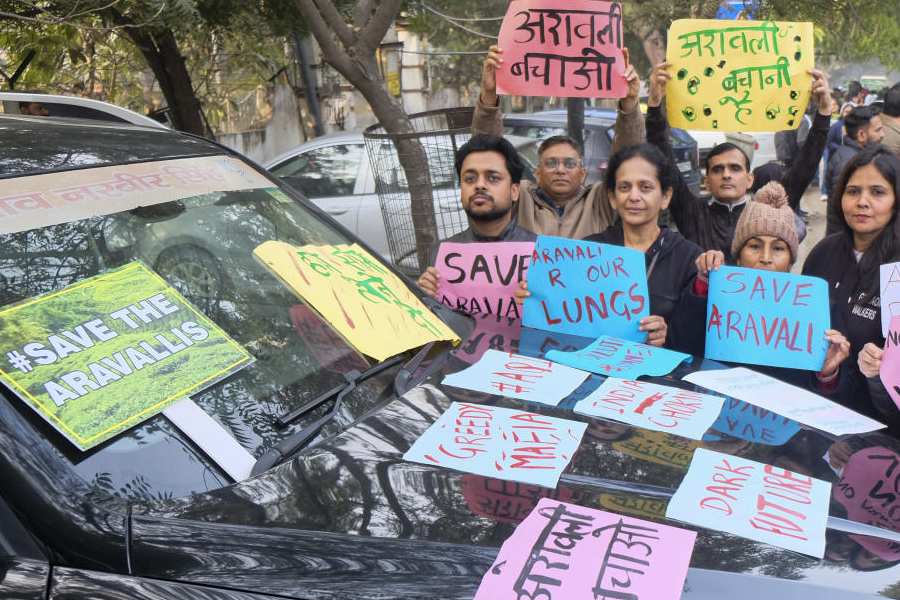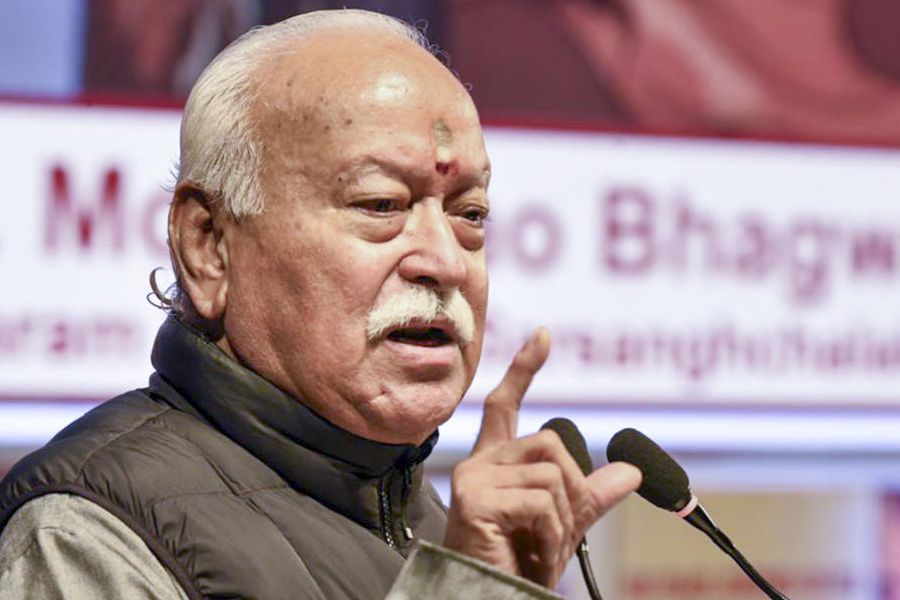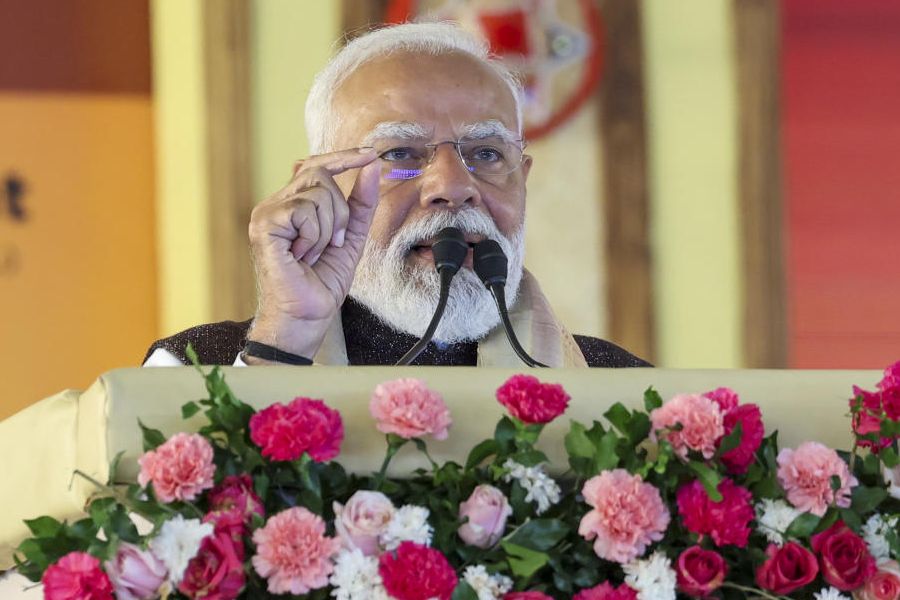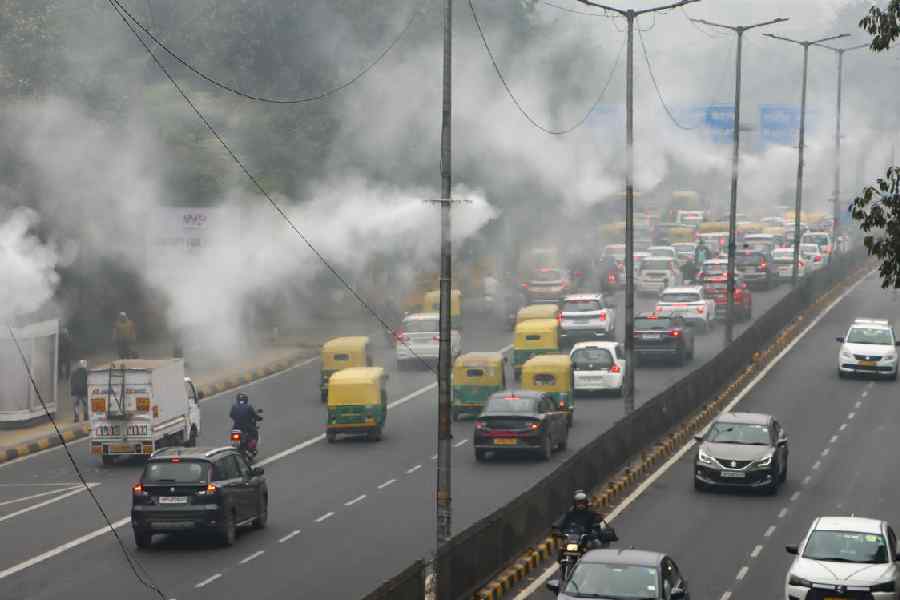.jpg) |
| Nadru yakhni |
A new year has begun, and I am full of hope. Let there be peace on earth. And I am going to do my bit by starting the year with some vegetarian food. Vegetables, the green brigade has been telling us for long, underline a non-violent way of life. The health faddists tell us it’s healthy. And chefs stress that they can be tasty as well.
I realised that some months ago when I was in Kashmir, I ate all those delicious meat dishes that the region is famous for — tabakh maaz, yakhni, mirchi korma and ghushtaba — but found myself taking second helpings of their vegetables dishes, notably the haaq (local greens) and nadru (lotus stems).
People tend to think that Kashmiri food is all about balls of meat in various sizes. That’s just not true. While meat dishes come in all kinds (a wazwaan — or a feast — can include some 50 kinds of meat dishes), people love their vegetables too.
The cooks at our houseboat wielded a mean spatula, and came up with delectable vegetable dishes every day. I am greatly fond of haaq, which is flavoured with hing and eaten with rice. Though a local saag, you get it these days in Kashmiri enclaves in some of the metros. Our local vegetable seller stocks bundles of haaq because the neighbourhood has a fairly large Kashmiri presence.
I had some haaq — and other vegetable dishes — in Delhi the other day at an aunt’s 70th birthday bash. The food had been catered by Chor Bizarre, a Kashmiri speciality restaurant in Delhi. The dishes had been overseen by Pradeep Khullar, who is a senior sous chef with Old World Hospitality, which runs the restaurant.
.jpg) |
| Dum aloo |
“Vegetables may figure nominally in a Kashmiri wazwaan but are a part of the regular Kashmiri diet,” says chef Khullar. Among the popular vegetables are lotus stems, called nadru, haaq, dam mundi or knol khol (kohlrabi), turnips and swachal, pink leaves that belong to the spinach family. Paneer or cottage cheese figures mostly in feasts.
Haaq is something that you can always find in a Kashmiri meal. “That’s because it’s widely available in Kashmir, is tasty and easy to cook,” reasons Samta Gupta, a consultant chef based in Delhi. Also, the meat-rich diet needs green leafy vegetables to counter the kababs and kormas. And haaq is full of nutrients, including iron.
Of course, every vegetable is cooked in many ways. Chef Khullar points out that there are various recipes for something like nadru, such as nadru rogan josh (cooked with red chillies), nadru yakhni (with curd) and nadru palak, prepared with spinach. There is even nadru kabab. Likewise, knol khol is cooked in its own juices, steamed, prepared with haaq or cooked in an onion gravy.
One of the most popular local dishes is the Kashmiri dum aloo, which has a distinctive taste because of the use of Kashmiri red chillies. For this, chef Khullar says you have to boil, peel, score and deep fry potatoes. Now prepare the gravy by adding whole spices, hing and chilli powder to hot oil. Add whisked curd to it and cook for two minutes. Add fennel and dried ginger powders. Add water and let the gravy simmer. When the masalas are done, add the fried potatoes and simmer till the spuds have absorbed some of the gravy. Add cumin powder and garam masala. Simmer covered for 15-20 minutes till the gravy thickens.
The spices that the vegetables are tempered with usually include hing or asafoetida, which is what distinguishes Kashmiri Pandit food from Kashmiri Muslim food (which is characterised by the use of garlic). Fennel seeds, dried ginger (called saunth) and Kashmiri mirch, which is used more for its colour than for the chilli factor, are the other common spices. Then, of course, there is saffron, which infuses food with its royal flavour and colour.
Kashmiri vegetarian food is different from the north Indian vegetable dishes mainly because of the spices. “The use of mustard oil also leaves its own flavour in the food,” Gupta says. Also, the region is rich in nuts and fruits such as plums, which find their way into gravies, giving them a special flavour.
My favourite Kashmiri food book, Wazwaan — Traditional Kashmiri Cuisine, mentions a sour apple curry called bom chount. I remember eating this during one of my trips, and being floored by the tart and spicy taste of the curry.
Clearly, there is more to Kashmiri food than lamb. I love the meat dishes, no doubt, but find myself becoming more and more fond of the vegetable dishes. They taste good — and leave me with a halo.
Tamatar Chaaman (serves 6)
.jpg) |
Ingredients:
• 1kg paneer • 120ml mustard oil • 5g black cardamom • 4g green cardamom • 3 bay leaves • 25g Kashmiri red chilli powder • 5g hing • 500g fresh tomato puree • 20g jeera powder • 5g turmeric powder • 100ml refined oil • 15g ginger juliennes • 15g garam masala • 40g fennel powder • 15g dried ginger powder (saunth) • salt to taste
Method:
Cut the paneer into 2-inch squares and deep fry them in refined oil. In a degchi, heat mustard oil and add the whole spices. Add the hing (mixed in water) and then the red chilli powder. Keep stirring. Add the tomato puree and the salt. Add the fennel and saunth powders and stir. Add jeera powder, turmeric and some water. When it comes to a boil, add the paneer pieces. Simmer till the gravy is thick. Now top with garam masala and then serve hot garnished with ginger juliennes.
Haaq (serves 4)
.jpg) |
Ingredients:
• 2kg haaq • 5g hing • salt to taste • 75ml mustard oil • 10g cooking soda • 5g whole red chillies • 50ml refined oil
Method:
Clean the haaq by removing the stems from the leaves. Wash the leaves well. Boil water in a saucepan and add salt, whole red chillies, hing and refined oil. When the water comes to a boil, add the cooking soda followed by the washed haaq leaves. Let it boil for 30 seconds. Remove the haaq. Put it in a dish and pour heated mustard oil over it.











